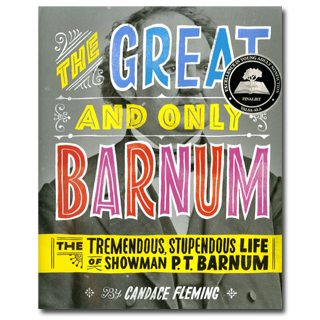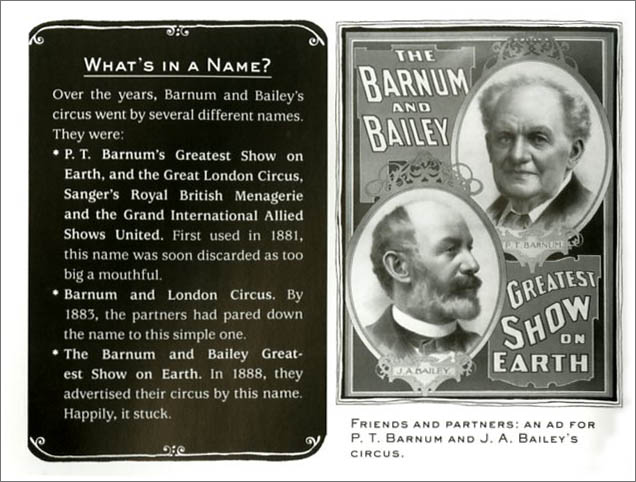
A FEW OTHER EVENTS FOR
JANUARY 4:
- Happy birthday Phyllis Reynolds Naylor (Shiloh trilogy, Alice series) and Robert Burleigh (Hoops, One Giant Leap).
- It’s the birth date of Jakob Grimm (1785–1863), Grimm’s Fairy Tales.
- It’s World Braille Day. Louis Braille (1809–1852), the creator of braille, a system enabling blind and visually impaired people to write and read, was born on this day. Read Louis Braille: A Touch of Genius by C. Michael Mellor, A Picture Book of Louis Braille by David A. Adler, illustrated by John and Alexandra Wallner, and Out of the Darkness by Russell Freedman, Illustrated by Kate Kiesler.
On January 4, 1838, Charles Sherwood Stratton, probably the most famous small person in history, was born in Bridgeport, Connecticut. He was discovered in 1842 by another resident of the city, P.T. Barnum, and named “General Tom Thumb.” Because the General performed for years for Barnum, the two men are inextricably linked in history. Showman, con man, great humbug, philanthropist—these words were frequently used to describe Barnum. Early on he learned that “When entertaining the public, it is best to have an elephant.”
Barnum’s larger-than-life personality and his willingness to lie to his customers created a challenge for any biographer. Fortunately one of our most creative writers of narrative nonfiction, Candace Fleming, tackles this complex individual in a book for ten- to fourteen-year-olds, The Great and Only Barnum: The Tremendous, Stupendous Life of Showman P.T. Barnum.
All aspects of the book are adapted to be entertaining; even the acknowledgments have been written in the language of the circus. Readers first meet Barnum’s joke-loving family in which he grew up to believe that people love to be “humbugged” or fooled. As one of his first acts, Barnum toured Joice Heth as “the world’s oldest living woman”—a hoax done at the expense not only of the public, but of this aged African-American. Fleming’s authorial voice is impeccable as she describes Barnum’s dubious actions. While she acknowledges the moral issues involved, she still manages to show events from Barnum’s perspective.
After Barnum purchased John Scudder’s American Museum, he built one of the great showplaces of his time and redefined the idea of an American museum. Readers go on a room-by-room tour of Barnum’s creation. So popular did the American Museum become that Barnum needed to find a way to get people to leave. So he created a sign that said “To the Egress.” Customers eager for the next exhibit hurried on, only to find themselves on the street. Although he exhibited the unusual or misshapen—bearded women, Siamese twins, a giantess, or General Tom Thumb—Barnum did provide housing, care, food, and employment for people who otherwise would have been shunned in nineteenth-century America. Barnum had several other acts in his life: he toured Swedish singer Jenny Lind, making her the toast of America, and became a circus manager—memorialized today in the Ringling Brothers and Barnum & Bailey Circus.
A devout churchgoer and someone who gave generously to Bridgeport, Connecticut, Barnum seems like a contemporary American celebrity—a bit of fraud and a bit of genius, energetic and driven, capable of great cruelty and generosity. Although he never said, “There’s a sucker born every minute,” he certainly knew how to capitalize on people’s gullibility and curiosity.
Candace Fleming’s superb biography can help us celebrate the birthday of Tom Thumb, the beginnings of the Barnum & Bailey Circus, or just the life of this quintessential American.
Here’s a page from The Great and Only Barnum:

Originally posted January 4, 2011. Updated for 2024.













This sounds (and looks) like a challenging book to write and a fascinating book to read! Thank you Candace and Anita.